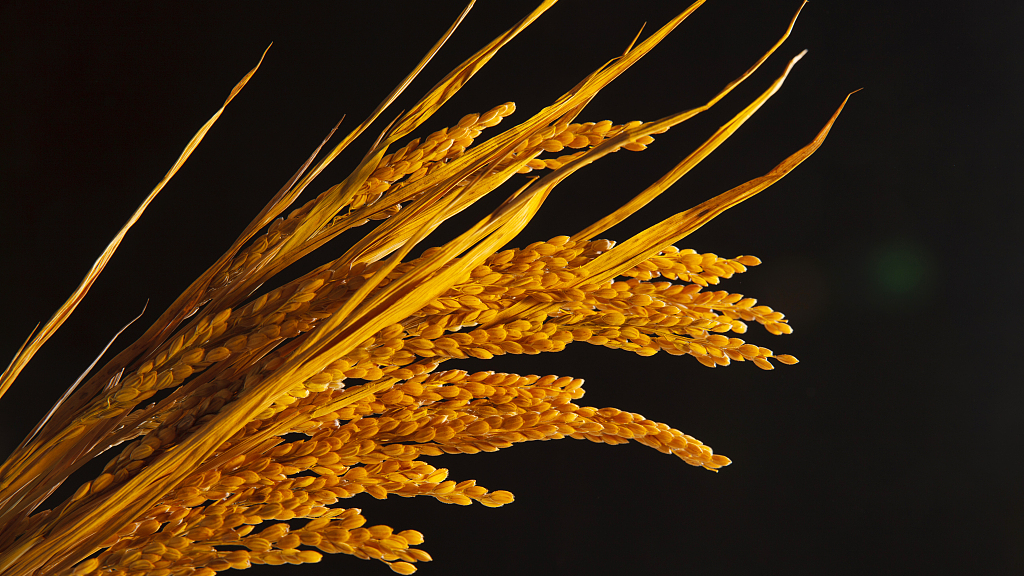
The cultivation of one of Chinese people's staple food rice has a long history in China. /VCG Photo
The cultivation of one of Chinese people's staple food rice has a long history in China. /VCG Photo
Rice, or Oryza sativa, has a long history in human civilization. The current scientific consensus is that rice originated from China, or to be more specific, in the Yangtze River basin, 8,200 to 13,500 years ago.
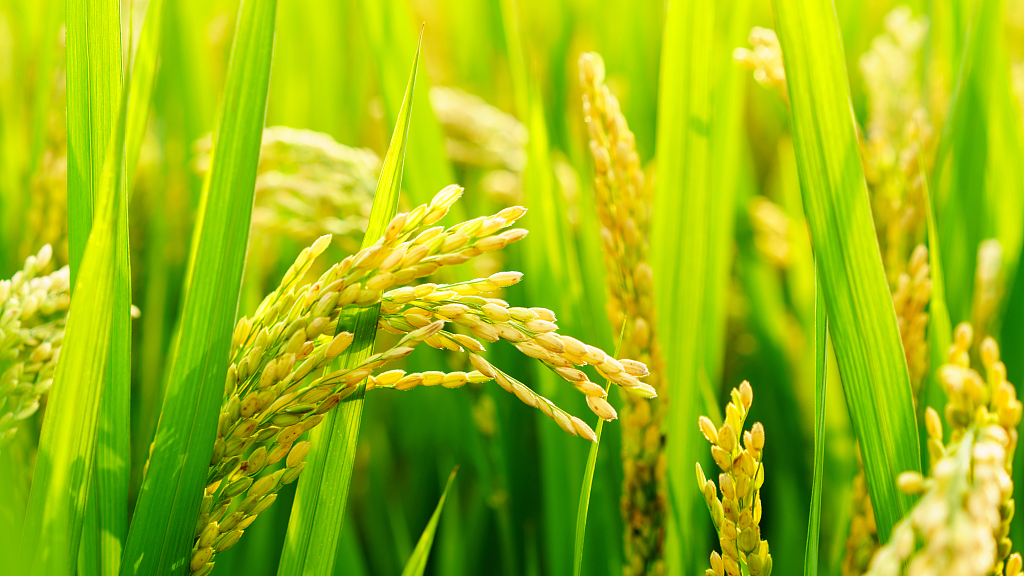
Scientific consensus is that rice originated from China, specifically, in the Yangtze River basin, 8,200 to 13,500 years ago. /VCG Photo
Scientific consensus is that rice originated from China, specifically, in the Yangtze River basin, 8,200 to 13,500 years ago. /VCG Photo
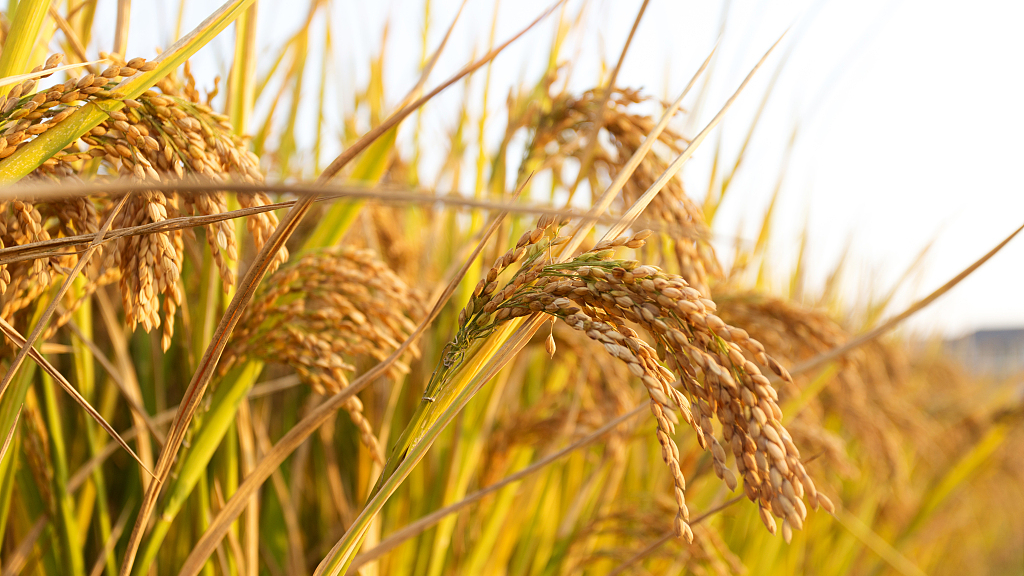
China is the origin of rice domestication. /VCG Photo
China is the origin of rice domestication. /VCG Photo
Since then, Chinese people have been cultivating rice, making it their main source of food. China is still one of the countries producing the most rice in the world. And central China's Hunan Province is one of the provinces with both the biggest cultivation area and largest production of rice.
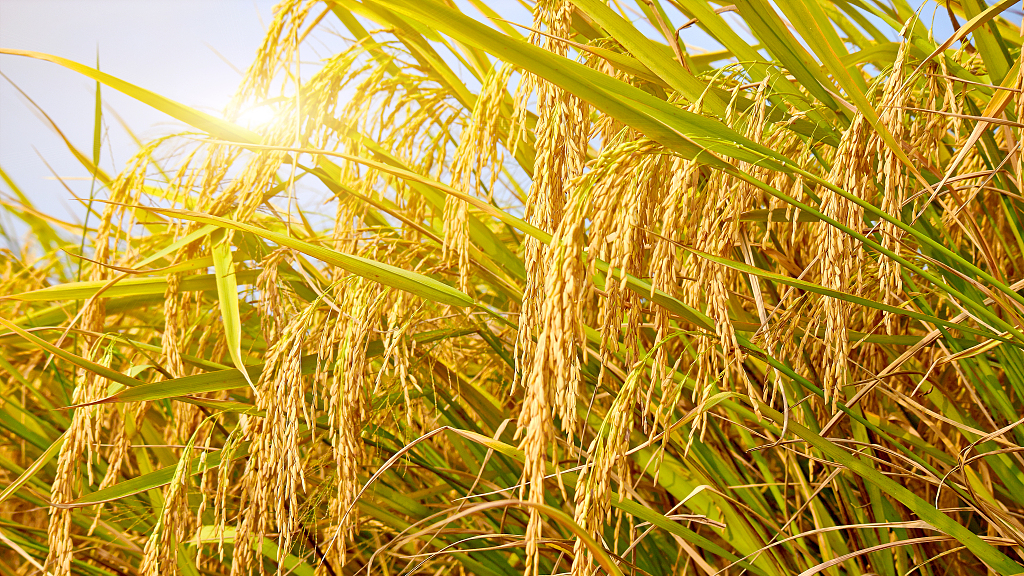
Hunan is one of China's top production areas of rice. /VCG Photo
Hunan is one of China's top production areas of rice. /VCG Photo
There are reasons for this. Hunan has one of the longest history in rice cultivation in the Yangtze River basin. The climate, humidity, water and soil are perfect for growing rice. In addition, Yuan Longping, a world-famous Chinese known as "Father of Hybrid Rice," has been working and researching in Hunan for decades.
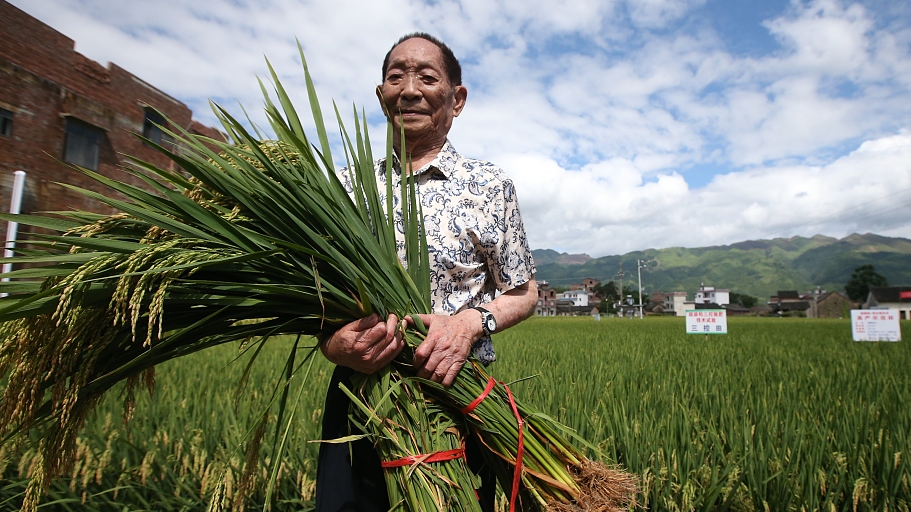
Yuan Longping, a world-famous Chinese known as "Father of Hybrid Rice," is working in a paddy field. /VCG Photo
Yuan Longping, a world-famous Chinese known as "Father of Hybrid Rice," is working in a paddy field. /VCG Photo
In the 1960s, Yuan was a school teacher in Hunan where people were suffering from a series of natural disasters and famine. He happened to find a natural rice plant in Hunan, and used it in his hybridization experiments. He developed the first hybrid rice in 1970s, which yielded 20 percent more per unit than that of common rice breeds.
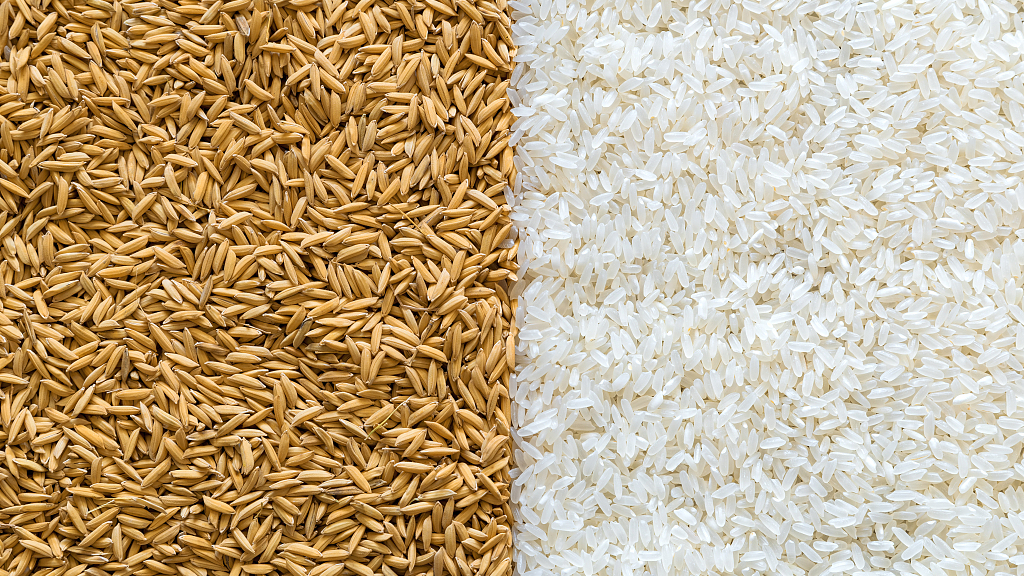
The seed of rice is called "mi" in Chinese. /VCG Photo
The seed of rice is called "mi" in Chinese. /VCG Photo
Hybrid rice has since been grown in dozens of countries in Africa, America, and Asia — providing a secure food source in areas with a high risk of famine. At present, as much as 50 percent of China's total number of rice paddies grow Yuan's hybrid rice species and these yield 60 percent of the total rice production in China. The annual yield increase is enough to feed 60 million additional people.
China's Flora Tour
From the wetlands along the coast to the dense rainforests hidden in the southwest of China, all boast an array of plant species. In this series, CGTN will go on a tour to learn about some of the most iconic flora in different provinces and see how they live in harmony with the local climate and topography.
(Cover photo via VCG, designed by CGTN's Gao Hongmei)
(If you want to contribute and have specific expertise, please contact us at nature@cgtn.com)